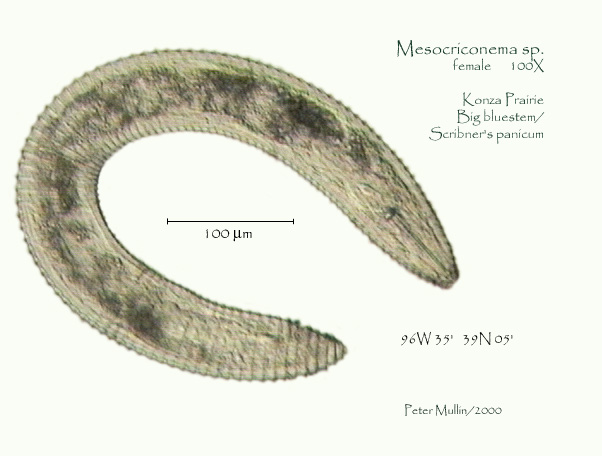Macroposthonia xenoplax
Ring nematode

-
Damage. At high population densities, this nematode
can cause extensive root pruning which stresses the plant and reduces yields.
-
Biology. Macroposthonia
spp.
gets its common name from the markedly
annulate cuticular ring ornamentation around its body. They are
stubby nematodes, ranging from 0.2 - 1.0 mm in length.
-
Ecology. Macroposthonia xenoplax has
been reported from North and South America, Europe, Africa, India, Australia,
and Japan.
-
Symptoms. Plant stress and reduced yields.
-
Damage to other crops. Ring nematode affects
peach, almond, apricot, cherry, plum and walnut; also lettuce, carnation,
and pine.
-
Control. Cultural control (using clean root
stock), an chemical control are effective.
-
Links and References. Grape
nematode (Ring). Oregon State University.
|